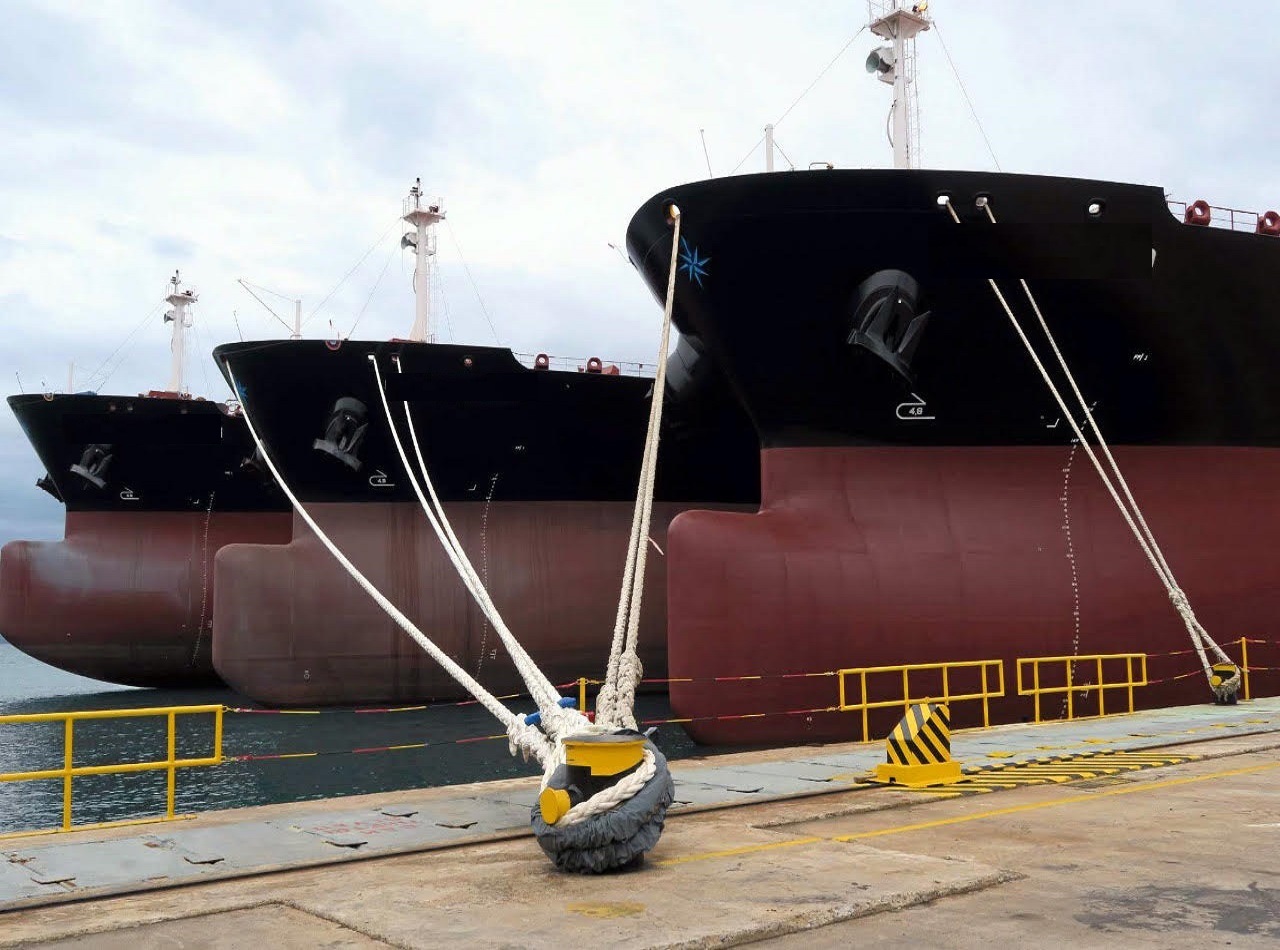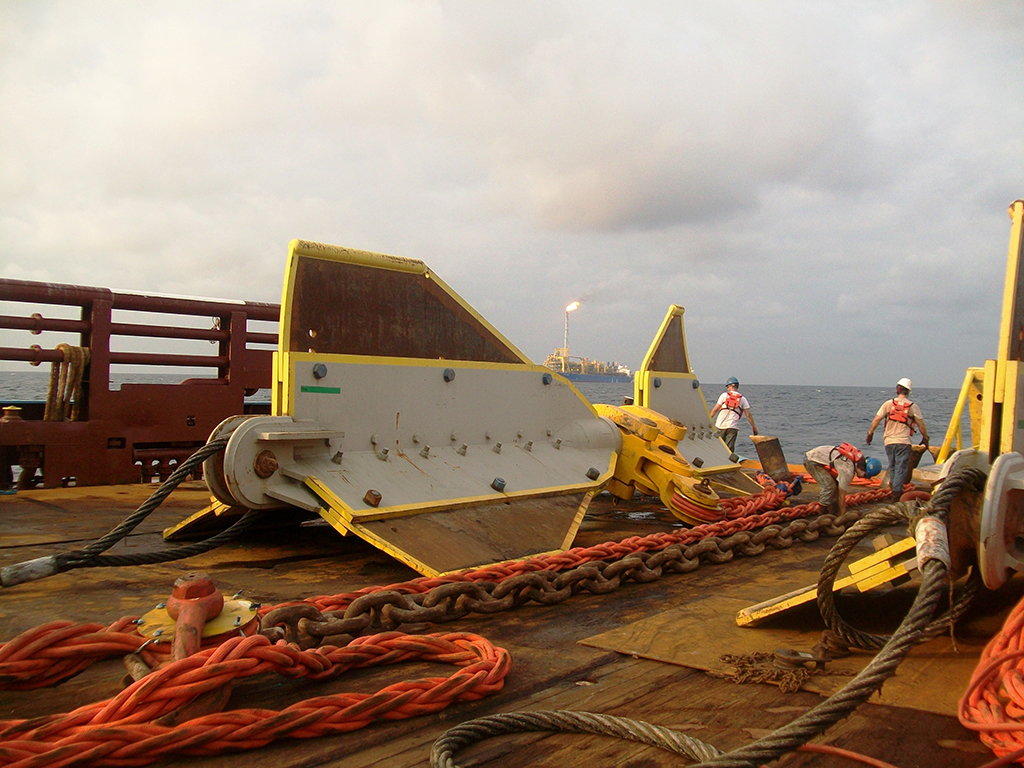A number of additional mechanical features must be installed once the breakwater and docks, or wharfs, have been built to make the shelter efficient and safe. These features can be classified into three groups based on their role within the port: mooring devices, shore facilities, and navigation aids.
Mooring bollards, tyre fenders, mooring lines, and moorings are examples of mooring equipment.
The refuelling station, inclined ramp winch, fishermen’s rest room, net store, and potentially a stall and washroom are among the shore-based amenities.
Finally, two beacons (one red and the other green) are put near the fishing shelter’s entrance as navigation aids. Other lights may be required on occasion to demarcate navigation channels or to signal the location of dangerous reefs.
Services and moorings
A portion of steel tube with a diameter of 100 mm is used for this, and two holes are drilled in it to allow a piece of steel bar with a diameter of 20 mm to pass through. The lower half of the tube is then carved with slots to facilitate the anchoring in the concrete. Once the bar is in position, it must be secured with a welding point (on one side or the other) and concrete must be poured into the tube. After that, the mooring post is hammered into the freshly laid concrete, leaving around 300 mm of tube exposed.
The organ, also known as a mooring ring, is a less expensive alternative to the steel post. It is made up of a 20-mm-diameter steel bar that is bent into a ring, welded, and held in place. These organeaux effectively provide the benefit of removing any obstacles from the quay. Bits and bodies must be separated by no more than 5 metres.
Keep in mind that all steel moorings (tube shanks and bodies) must be corrosion-resistant.
Mooring system Malaysia should be affixed to the tops of docks wherever possible to prevent damage to moored fishing vessels. Anchor bolts are used to secure the fenders to the docks. There are two types: the first is for quays that have already been completed and have a concrete cap in place, and the second is for crowns that are about to be cast.
The ankle bolt is the original form of anchor bolt and may be obtained at any respectable hardware store. You must first drill a hole in the concrete, then insert the bolt. As soon as the bolt is tightened, the friction device kicks in. To compensate for the effects of corrosion in the direct vicinity of seawater, bolts with a minimum diameter of 20 mm are recommended for all usage.
During construction, the second type of anchor bolt is employed in specified locations. The anchoring device is made up of four 20 mm diameter nuts welded together, as well as six 6 mm diameter anchoring lugs welded to the nuts.
Drill a 22mm diameter hole in the formwork and mark the placement of the anchor nuts on the outside surface. After that, the anchoring device is bolted against the formwork and the concrete is poured. After removing the formwork, a tidy, clean hole is created into which the bolt can be screwed.
A continuous strip of wood is the most basic sort of fender. It is made out of a strip of 150 mm × 150 mm hardwood beams that run the length of the quay. Any type of resistant wood can be used for this as long as it is not in contact with sea water. The wood strip must be kept in good condition. Bolts with a diameter of 20 mm and a distance of 1 m were used to secure the structure. If the amplitude of the tide is greater than 1 m, vertical strips of wood should be spaced around 1 m apart. Only wood of the proper species should be used because the lower end of these strips will invariably be submerged at high tide.

